Last May the field team of the Hellenic Ornithological Society visited Skyros, Kythira, and Fournoi Islands of Ikaria to attach satellite transmitters to Audouin’s gulls, in the framework of the LIFE MareNatura Project.
After their chicks fledged and left the nest, the parents spread their wings for their long migratory journey. Each one followed a different path, but they all shared a common destination: the coasts of North Africa, where they wintered.
The routes of the four Audouin’s gulls, each one marked in a distinct color.
“Amersa” went… sightseeing in Italy! She followed the course of Spercheios River, reached the western coast of Greece and traveled along the shoreline from Mesolongi to Corfu, where she found the narrowest crossing to Italy. From there, she flew to Puglia and then southward from Sicily to Tunisia!
“Tsilaros” chose a classic route: he crossed to Libya and followed the coastline from Benghazi to Tripoli and beyond.
“Avlemonas” reached Egypt-Libya border, near Sallum, and remained in Benghazi.
Meanwhile, “Thymainaki”, the boldest of them all, crossed almost half the Mediterranean in one go, flying directly from Ikaria to Tunisia without a single stop!
Although we had believed that Audouin’s gulls are strictly coastal birds, our red-billed gulls impressed us once again by flying inland at times, even crossing high mountains to take a shortcut!
Upon reaching North Africa, they stayed throughout the winter. In fact, the Association Les Amis des Oiseaux, BirdLife’s partner in Tunisia, spotted one of our gulls during the Midwinter Waterbird Census, feeding in the wetlands—just as had happened in previous years.
But where are our travelers now? The Audouin’s gulls have returned to their colonies in Greece, ready for the breeding season once again!
Telemetry allows us to track them in real time, and the transmitters help us understand where these rare and threatened seabirds go when they leave their colonies. This allows us to protect them more effectively, not just in Greece, but along their entire migratory routes, and better understand their needs at a Mediterranean level.
Thanks to the data we receive from their satellite transmitters, we can now plan conservation actions, not only in their breeding colonies, but also propose new Important Bird Areas (IBAs) that include their wintering and feeding grounds, areas critical for their survival.
The Greek seas are full of secrets and surprises… Stay tuned, as our Audouin’s gulls have still many stories to reveal!
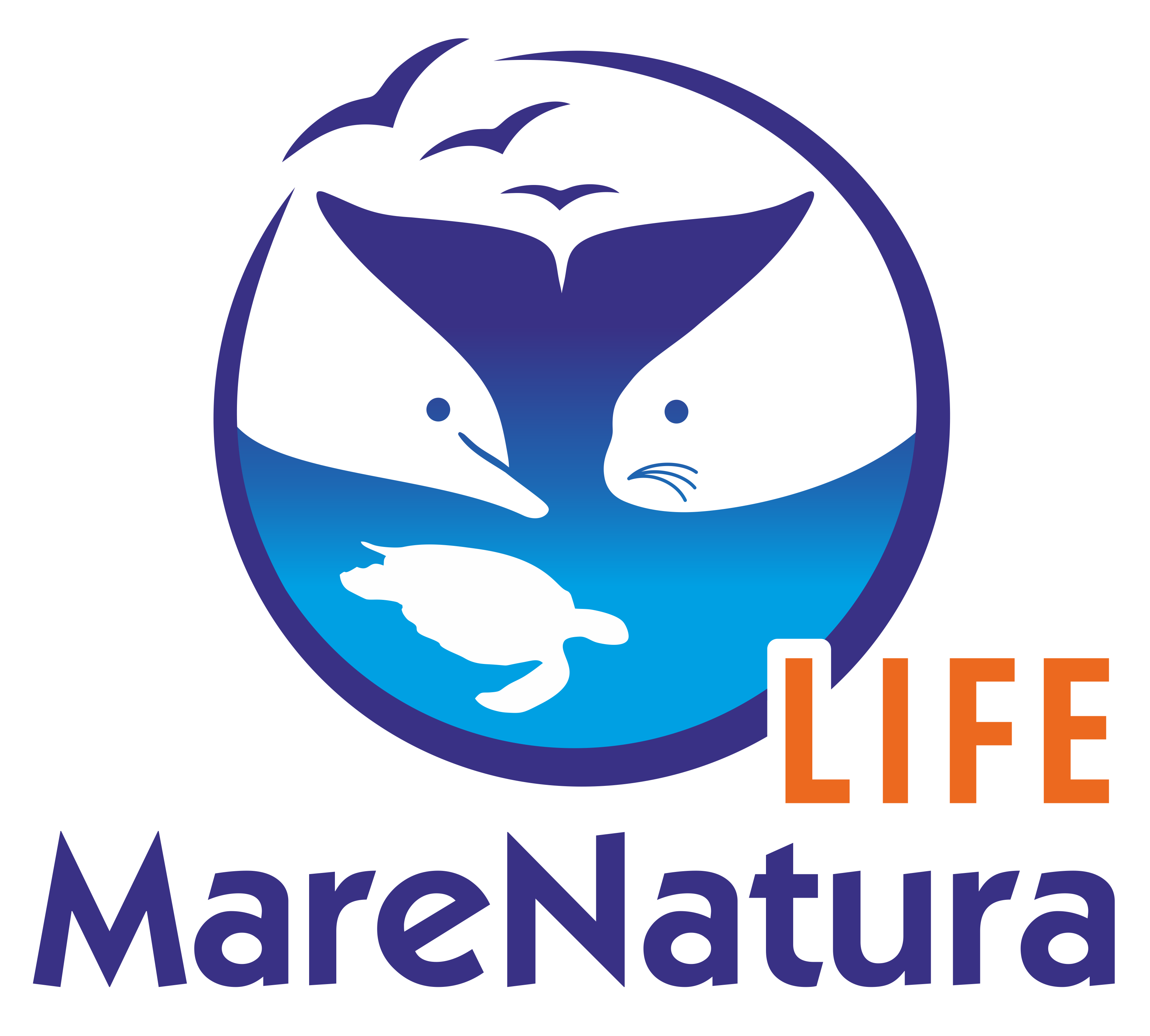
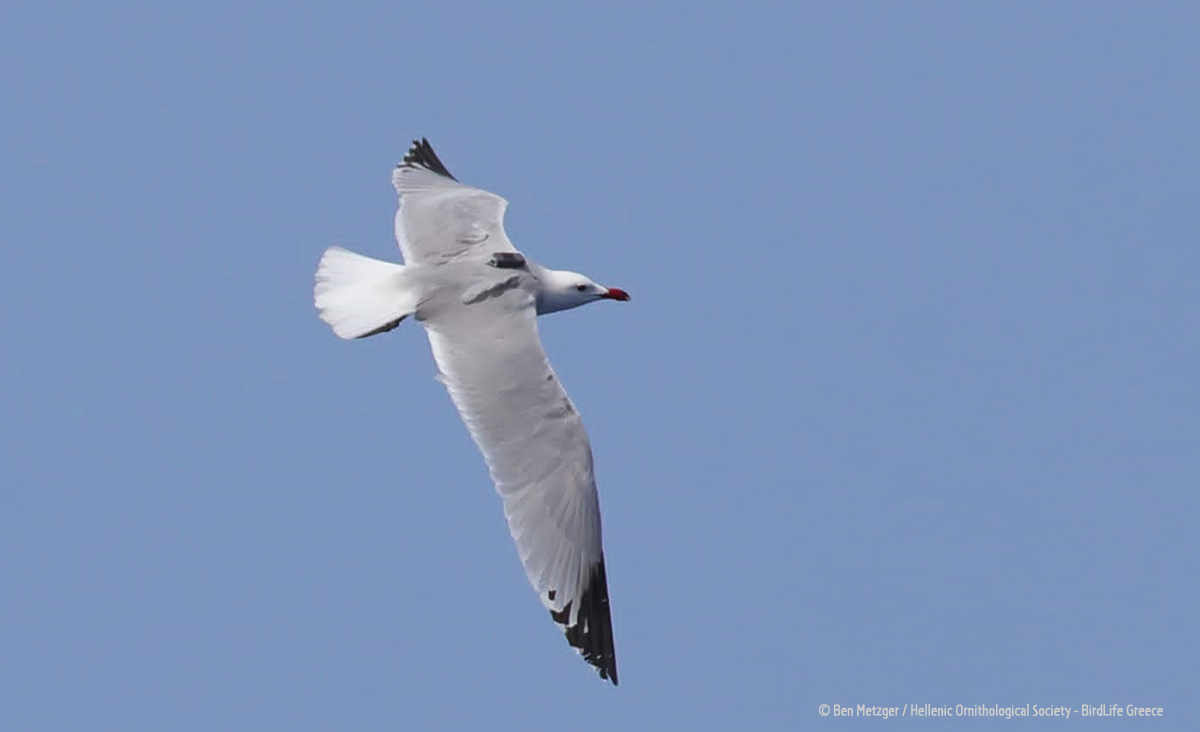
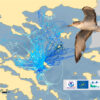

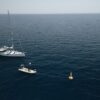


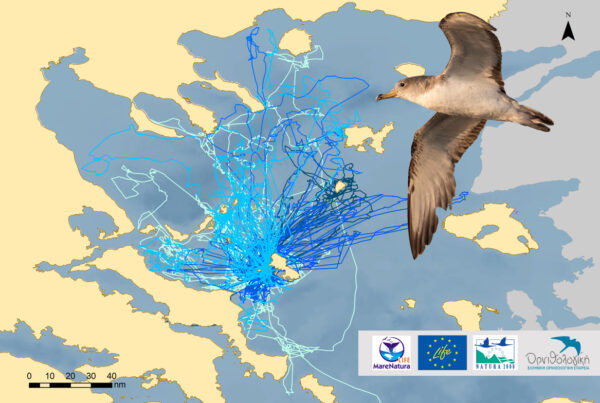
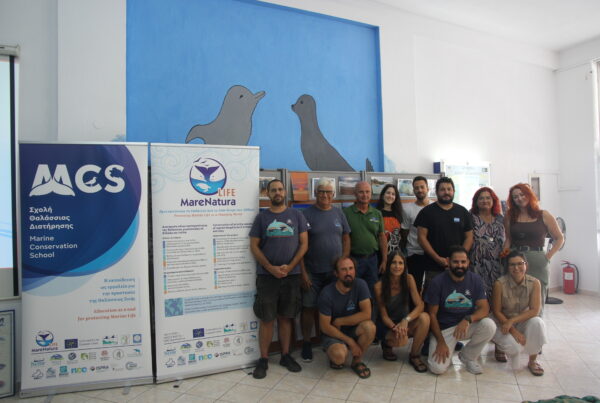
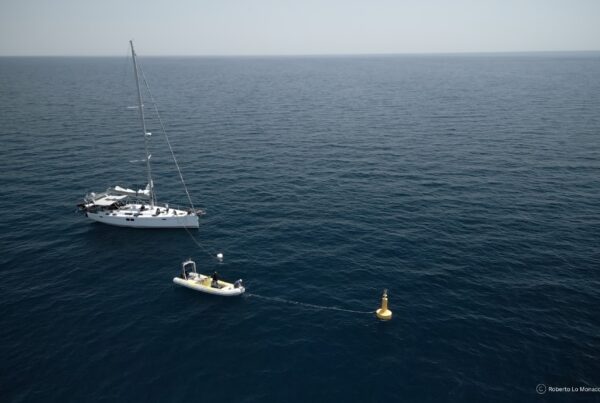


 Ελληνικά
Ελληνικά Italiano
Italiano